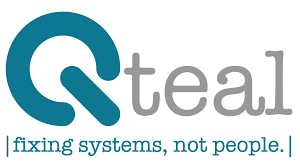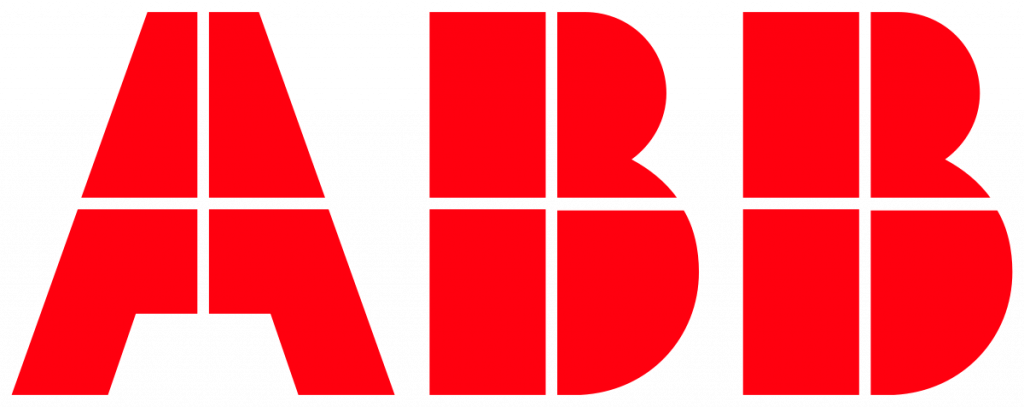My doctoral research is on the validation of computer simulations.
This requires the precise definition and modelling of experiments for traceability and replicability.
Through my research I advance the belief that validity is not a single value, but an everlasting process moderated by varying experimental conditions.
These experimental conditions are encoded in reusable ‘frames’ that are used to ascertain the conditional validity of a model.
I am building a proof-of-concept model management tool, that is able to handle all kinds of data related to experiments
and help system engineers design new replicable experiments and simulations using explicitly encoded knowledge, with full traceability.
In my master thesis I developed a tool to incrementally propagate changes in instance models in OSATE, the reference tool for the Architecture Analysis Design Language (standardized by the SAE and at the core of the US-DoD’s modernization program), to its declarative format, with minimal loss of information, using graph transformations. This enables tool developers to rapidly modify instance models without worrying about complications in the declarative format.
In my bachelor thesis I studied hardware-software co-simulation, reconfigurable hardware platforms, and biomedical signal processing.
I designed and implemented novel circuits and architectures in FPGAs for power- and time- optimized detrending and feature extraction of
massively parallelized biomedical data sources like high-density EEGs.
During my bachelor’s, I studied the use and extension of the Petri net language to verify some C compiler optimizations.
I also contributed to a feature model of cyber-physical systems developed during the MPM4CPS EU COST Action.
As I reflect on my academic journey, I see a transition from working on tangible, real-world systems
such as hardware-software co-simulations and embedded platforms,
toward increasingly abstract domains centered around logic and reasoning.
This progression mirrors my evolving interest in the underlying essence of computing:
the ability to formalize and reason about complex systems and processes.
Public institutions that have funded my supervisors’ projects that I contributed to:








Corporate organizations of researchers with whom I have collaborated:



